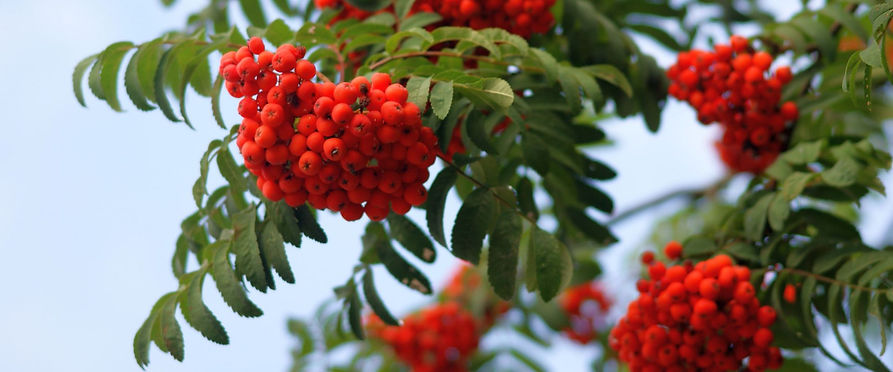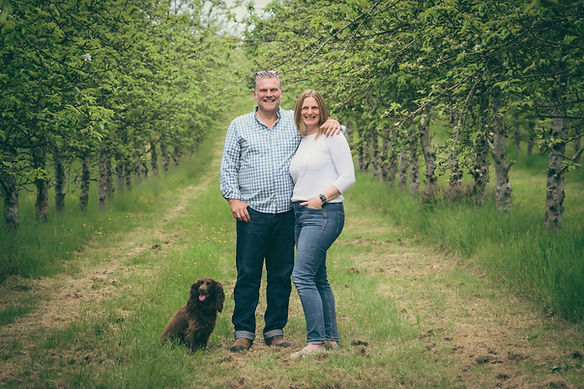All bareroot plants are freshly lifted to order. Please allow 7-14 days for processing and shipping to ensure the highest quality for you plants.
A statuesque, deciduous, ornamental tree with a domed shape, native to mainly acid soils in woodlands throughout western, central and southeast Europe and southwest Asia. Suitable as a specimen tree and attractive to wildlife.
Description
One of our two large native species of oak, Quercus petraea differs from Q. robur (English Oak) in that its leaves are larger with longer stalks, and its acorns sit directly on the twig. Its leathery dark green leaves are less often attacked by insects, so it appears more ornamental. It also has a faster growth rate than Q. robur, and is often considered to be a better shaped tree, with a longer, narrower trunk. Foliage turns orange brown in autumn. It is the official national tree of Ireland.
Planting Position
Planted for shelter, timber and ornament. The majestic shape makes this a good specimen tree in parkland or a large garden. Ideal for exposed coastal places and poor soils. Good alternative to English Oak in damper soils. Any type of soil except shallow and poorly drained sites. Any aspect. Full sun or part shade.
Attributes
Insignificant male catkins and female flowers in spring, stalkless acorns in autumn. Dark glossy green leaves with wavy lobes, more shallowly lobed than Q. robur, with distinctive yellow stalks. Oaks give more support to wildlife than any other of our native trees. They provide a habitat for more than 280 species of insect, which are in turn food for birds and other predators. The bark also provides a habitat for mosses, lichens and liverworts, and deadwood cavities for nesting birds and roosting bats. The acorns are eaten by a number of birds and mammals including jay, badger and red squirrel. Oak flowers and leaf buds are the food plants of the caterpillars of Purple Hairstreak butterflies. The soft leaves break down easily in autumn and form a rich leaf mould beneath the tree, supporting beetles and numerous fungi, such as the Oakbug Milkcap. Hole nesting birds, particularly the Pied Flycatcher, are associated with Sessile Oak, feeding on the abundant insect life supported by the tree. The tree sometimes has good autumn colour. This tree can reach a great age – up to 700 years – and as it ages the trunk tends to become hollow, offering shelter for animals, insects and birds.
Quercus petraea | Sessile Oak | Bare Root
Whilst smaller trees are often cheaper, easier to handle and more forgiving in terms of their level of care required, a more mature tree can provide a fantastic instant impact if you are able to care for it over the first few years.
- Standard or Feathered?
Standard trees - have a clear stem up to a minimum of 1.8m and a well-formed head of branches.
Feathered trees - Usually has an upright central leader and side brancehs that emerge down the main stem.
- Which Girth Size Should I Choose?
Our most common sizes we offer are relatively easy to ship and plant. The measurement is the circumference of the trunk at 1m above the roots.
6-8cm girth - 2.50m to 2.75m in height
8-10cm girth - 2.75m to 3.00m in height
- Standard or Feathered?






























